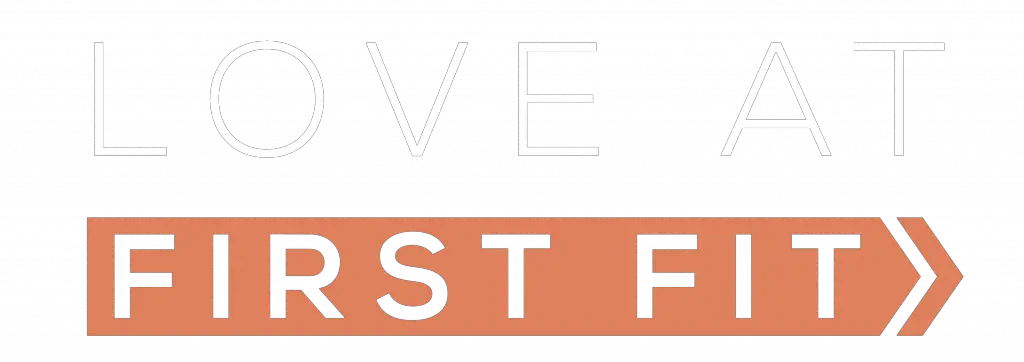Bench press is typically one of the core exercises that lifters will include in their lifting routine. However, it’s common to be stuck in an undesirable weight range. A number of factors could be contributing to this, but a solution could be through progressive overload.
Progressive overload in bench press can be done through multiple variations of the lift. Proceed with progressive overload based on the bench press goal you are looking to accomplish. The ways to engage in bench press progressive overload are weight, intensity, volume, and duration.
Progressive Overload Bench Press: Preparation
Bench press is an important exercise to prepare for. Shoulder pain is known to be a result of improper warm up or using too heavy of weights. There are a number of tips to an effective bench press, but these few should help you see the best progression through overloading:
- Keep a tight grip on the bar
- Keep your chest up throughout movement
- Elbows should be tucked and end up around 45 degrees from your side
- Push through feet and legs
- Breathing and pacing
Progressive Overload Bench Press: Weight Increase
Implement a pyramid plan to 10% or less of your current weight each week. Shoot for 3-5 reps either by the end of your set or for each set of your bench press.
It may be tempting to attempt a PR every other chest workout, but this can hinder progress. Progressive overload ability can vary from person to person for bench press based on how well your body handles weight increases.
A mix of weight increases and volume increases throughout your workout plan may work better for you if you aren’t looking for heavy sets each week.
| Set 1 | Set 2 | Set 3 | Set 4 | |
| Week 1 | 175 x 15 | 175 x 15 | 175 x 15 | 175 x 15 |
| Week 2 | 185 x 12 | 185 x 12 | 185 x 12 | 185 x 12 |
| Week 3 | 195 x 10 | 195 x 10 | 195 x 10 | 195 x 10 |
| Week 4 | 225 x 5 | 225 x 5 | 235 x 3 | 235 x 3 |
Progressive Overload Bench Press: Volume Increase
Volume in bench press typically entails lifting until failure. Physical athletes such as football players utilize this lift in their training programs to heighten their endurance. Combines for these athletes are known to test their upper body endurance through completing reps until failure.
A great example to include in your workout is 3 sets of 10 reps with the 4th set being until failure. This achieves progressive overloading through volume without depleting all your energy by the final set.
| Set 1 | 205 x 10 |
| Set 2 | 210 x 10 |
| Set 3 | 215 x 10 |
| Set 4 | 135 until failure |
Add to the volume of your bench press sets by throwing in some pushups at the end. This keeps the same movement and allows for a quick transition from exercise to exercise.
| Set 1 | 185 x 10 + 10 pushups |
| Set 2 | 185 x 10 + 10 pushups |
| Set 3 | 200 x 8 + 10 pushups |
| Set 4 | 200 x 8 + 10 pushups |
Progressive Overload Bench Press: Intensity Increase
Supersets, drop sets, and active rests are all great ways to incorporate intensity into your bench press. However, to fatigue your muscles even more, add eccentric training.
Eccentric Training
Eccentric training looks to slowly move the negative portion of the lift and then explode in the positive portion. In terms of bench press, this means you will slowly bring the barbell close to your chest and then explode up once you reach your chest.
This not only can reap muscle growth, but also promote metabolic boosts.
Tip: When completing this, count to five in your head and explode up.
Add Resistance
A more advanced way to add intensity to your bench press is by adding on a form of resistance. Resistance can be seen as progressive overload within the lift itself.
Appropriately adding resistance bands or chains to the end of your barbell when benching can produce unexpected gains. The purpose of this is that your leverage will match your resistance, meaning the higher you push up, the higher the resistance is.
| Set 1 | 185 x 10 |
| Set 2 | 195 x 8 |
| Set 3 | 200 x 6 |
| Set 4 | 135 w/ chains until failure |
A Great Addition to your Chest Workout
The Barbell Bench press is the most popular chest workout for a reason, but there are other variations that can help you progressive overload by lengthening your workout.
Dumbbell Bench Press – A great addition or substitute for bench press. This lift strengthens stabilizers and puts less strain on rotator cuffs.
Pushups – A simple, yet effective complementary movement to bench press. Use them before, during, or after your bench press to progressive overload your chest.
Incline Bench Press – Strengthen your upper chest through a higher incline of your chest. Targeting all portions of the chest will have a positive aesthetic and productivity impact on your gains.
Adding to the duration of your bench press will hit all the parts of your chest to improve your lift. The upper, middle, and lower parts of the chest all play a role in creating a strong and balanced pectoral muscle.
If Your Chest Muscle Strength is Imbalanced
Imbalanced growth can occur with your bench press. One side of your chest may be stronger than the other, but this doesn’t mean you need to sacrifice your form to get the bar up.
The goal isn’t to have the bar move from one spot to another, but instead, it’s to grow your muscle through the correct form.
If you find yourself weaker on one side, choose a more appropriate weight that feels right on your body.
There are a number of exercises that help fix muscle inequalities. Focus on a few of these so your progressive overload for bench won’t be affected:
- Unilateral dumbbell bench press
- Unilateral dumbbell flyes
- Cross body dumbbell raises
Fuel your bench press progressive overload routine with one that gives you the best shot to meet both a body and a weight goal.

Austin is the author of loveatfirstfit.com and a personal trainer with extensive knowledge in nutrition. Austin is passionate about helping others to find a suitable healthy lifestyle and feel good about themselves. Austin’s goal is to help people push their limits and achieve their physical performance.

